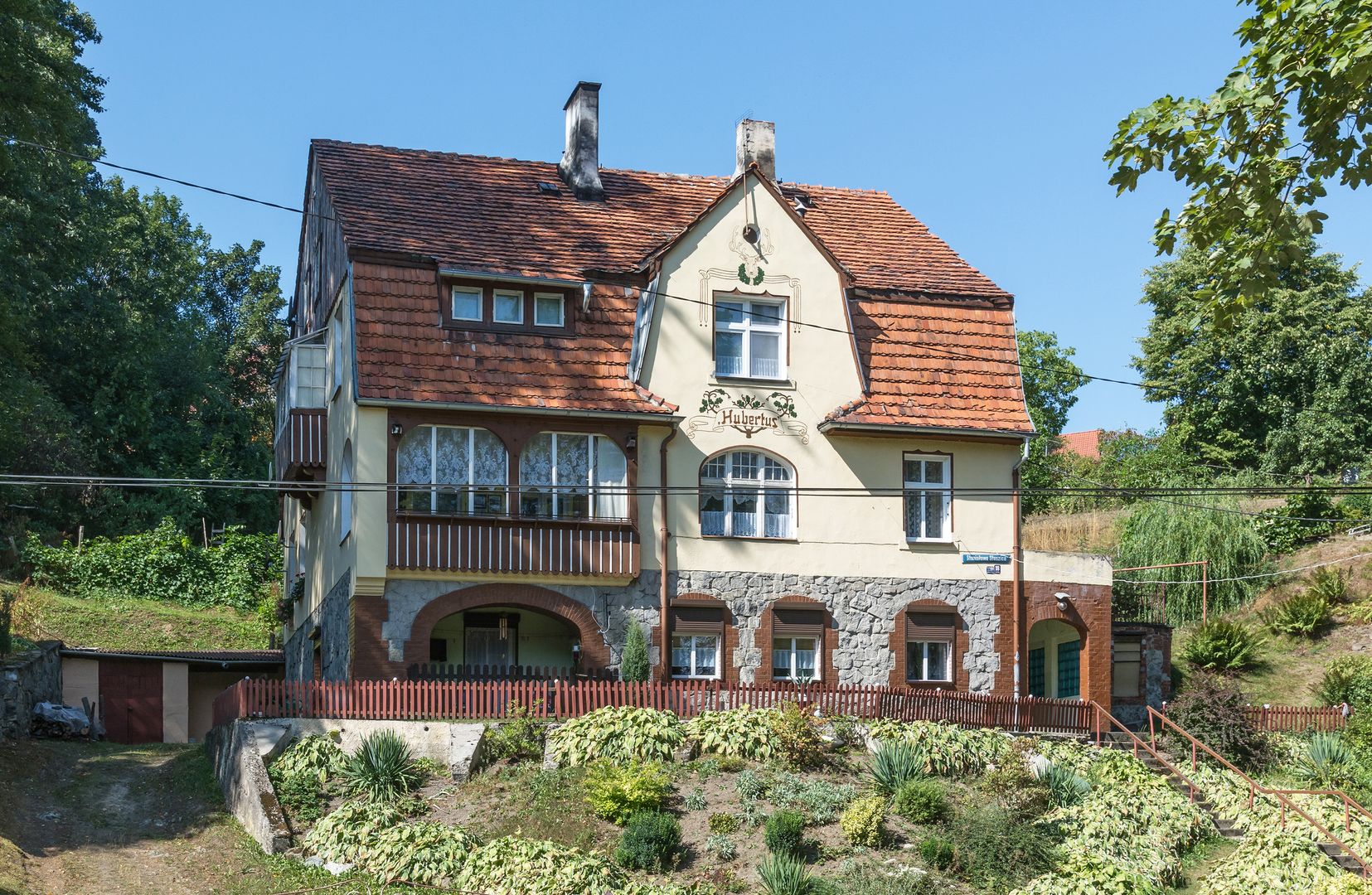Złoty Stok
6.94

Overview
Złoty Stok is a town with a rich history dating back to 1291, when the settlement of Reichenstein was first mentioned. Located in Lower Silesia, near the border with the Czech Republic, the town stands out for its architecture, including the neo-Gothic Church of the Immaculate Conception of the Blessed Virgin Mary and the complex of the former Evangelical cemetery with the Gothic Church of the Holy Trinity. Złoty Stok was known as a mining center, especially during the Middle Ages, when gold mining became a key element of its economy. It was granted the status of a free mining town in 1344, which contributed to the flourishing of mining. In the 16th century, the town reached peak extraction results, with 190 active mines. As a result of the Thirty Years' War and subsequent natural disasters, Złoty Stok declined, and its mines fell into disuse. In the 20th century, after World War II, the town lost its industrial significance but gained a new identity as a tourist destination, mainly thanks to the Gold Mining Museum, which attracts numerous visitors. An interesting fact is that the town is home to the largest underground waterfall in Europe. Modern-day Złoty Stok combines elements of its historical past with modern attractions, such as the Forest Adventure Park and the medieval technology park. The fascinating history of Złoty Stok and its architectural treasures create a unique atmosphere that attracts history, tourism, and culture enthusiasts.
Location
You can also find here:
2025 Wizytor | All Rights Reserved
